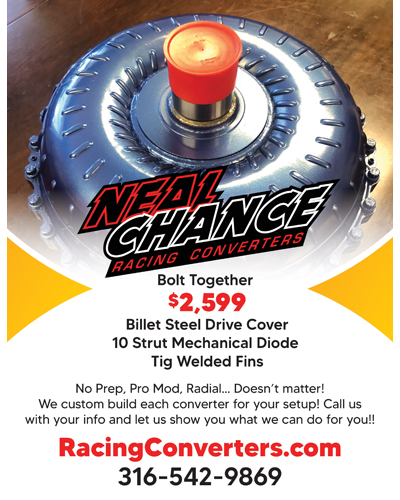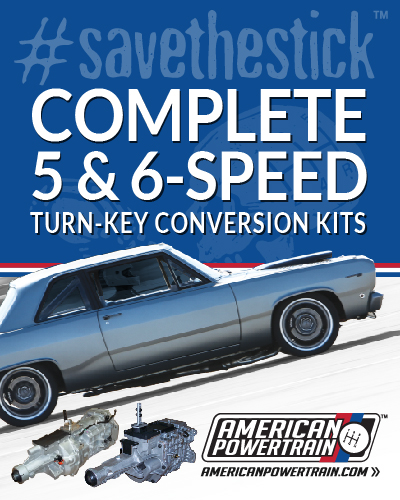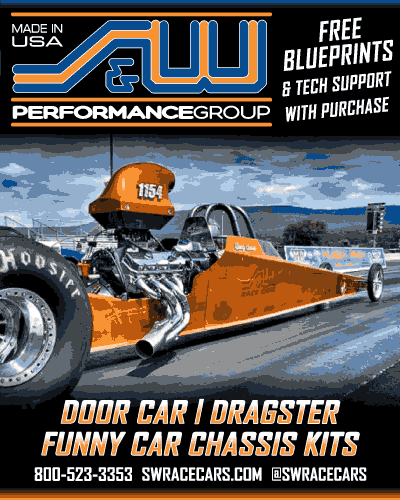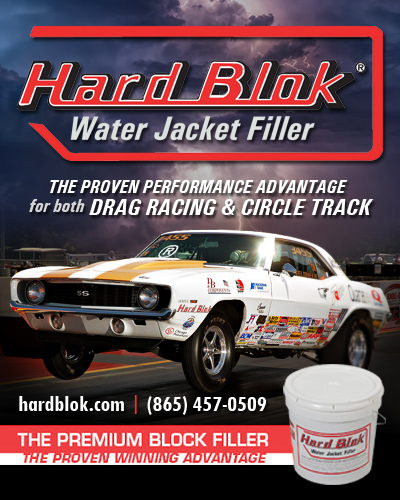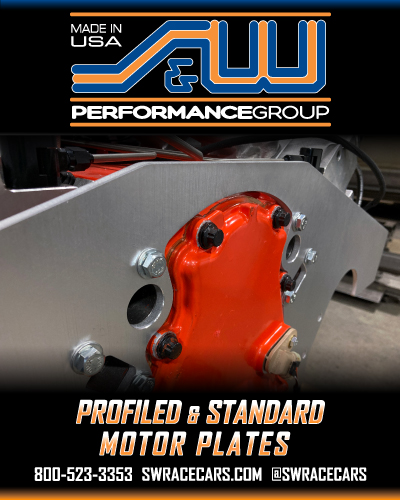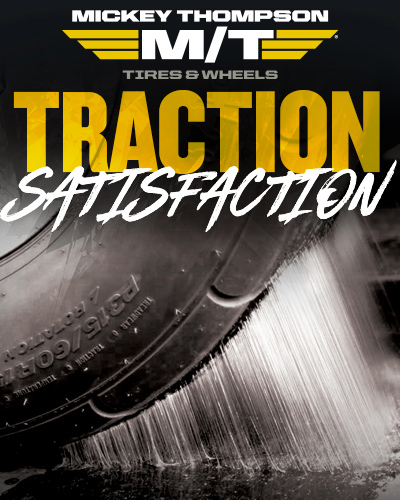RACER COMMENTARY: THE PERILS OF LOCKING ‘EM UP
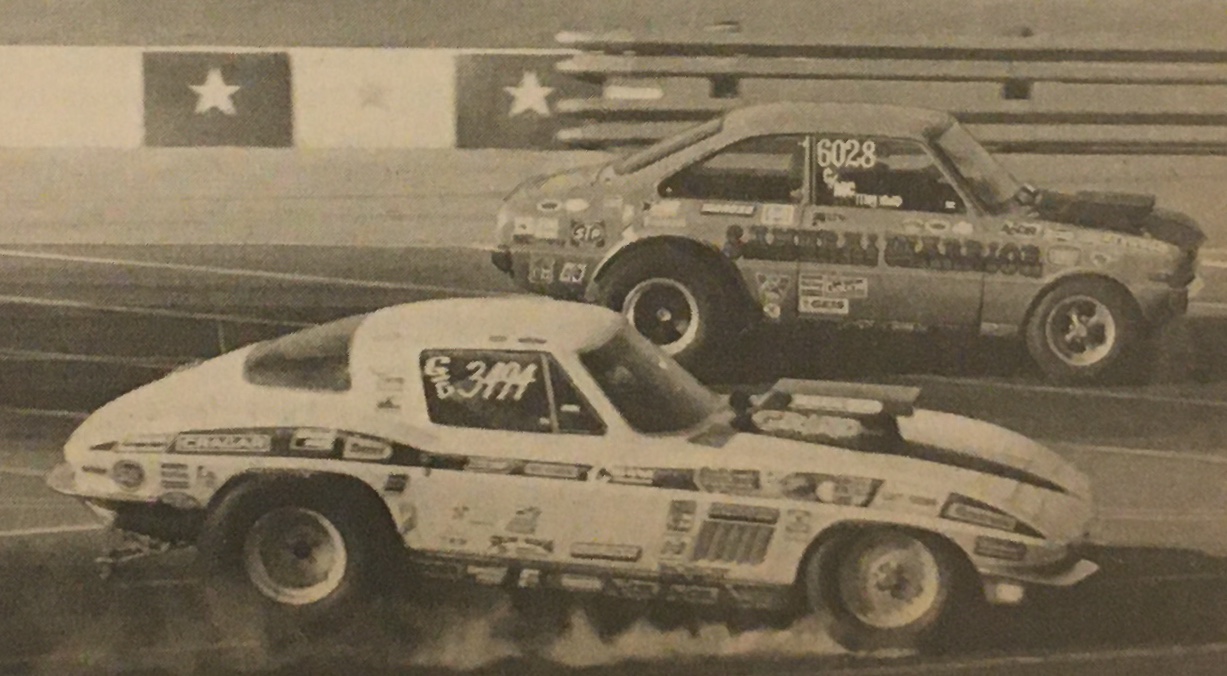
There’s been something on my mind for a long time now, and I guess it might be the time to discuss it. That being the often talked about and maybe sometimes swept under the carpet idea of finish line racing, brake light racing, where a racer might sometimes have to hit the brakes rather hard in order to not run under his or her dial-in.
We’ve all heard of the stories; cars smoking the tires at the finish line, cars getting out of control, and in some cases racers being disqualified for hitting the brakes too hard. After a number of accidents, it was one NHRA official who I spoke with who said, “We have to stop this from happening.”
My comment to him was, “You guys started it.” In that I mean anytime you place a dial-in on a car and tell me I can’t run under said dial, you force me to search for the brake pedal at the finish line, sometimes with locked up tire smoke emanating from my wheel wells.
The NHRA Rulebook is pretty clear on this, or is it?
"Anytime it has been judged that excessive braking has resulted in loss of control that results in contact with the guardwall and/or light fixtures or crossing the center boundary lines, INCLUDING PAST THE FINISH LINE, the contestant will be disqualified."
In my eyes, that seems pretty subjective. Who’s to say what is “excessive braking?”
In reality, it’s often a track official who might be viewing this practice from maybe 1.320 feet away. With all due respect to them, it is after all their “ballfield,” we just bring our own “bats and balls.” However, and I’m truly not questioning their judgment, just that maybe, just maybe, there ought to be a little leniency in the practice of disqualifying someone. Shouldn’t it be “innocent until proven guilty?” Let’s face it; we’ve all been guilty of “locking ‘em up” from time to time. If you haven’t yet, chances are at some point you will.
At a recent event, an NHRA official came to my trailer to “warn” me of tire smoke at the finish line. While I didn’t dispute the fact I had used the brake pedal (and probably will in the future despite any “warning”), I did have to explain that the engine in the car was smoking badly for whatever reason, and when I took my foot off the gas pedal and probably at the same time as hitting the brakes, I seriously doubted the smoke came from my tires. I could have been wrong, but at least I was given the benefit of the doubt. I see no problem with that.
What this really comes down to is the practice of “holding a couple,” meaning dialing a couple of hundredths above what you think or know you can run. Why? Well, there’s a lot of reasons for that. The downside to it is that going to the finish line, you know you’re going to have to “scrub off” those hundredths at some point, which often requires you to find the brake pedal well before said finish line. Two problems crop up about that, with the first being your car is not set up properly to be easy on the brakes rather than immediately locking up the wheels. The second issue and I’m certainly not pointing any fingers here, but the inexperience of a driver to know just how hard he or she can hit the brakes without causing a locked-up tire. And maybe it’s not an inexperienced driver, but rather one who might not be familiar with how hard one can step on the brake pedal before you lock them up. A brake pedal that might be very touchy could be the fault.
Here’s the bottom line: We’re not going to stop brake light racing as long as the above example of breaking-out stays in effect, and we all know that’s never going to change. So the question is, how do you set your car up so that it takes quite a bit of brake pedal pressure to avoid a locked-up instance? What’s your answer?
Mine is to make sure you have the correct brake pedal ratio to the master cylinder along with the proper lines to each caliper or wheel cylinders. In my eyes, it’s all about the proper brake setup, along with suspension travel when you do hit the brakes, which is just as important as the setup to launch your car and go down the track. Seems simple enough, huh? The theory is always simple. The actual practice of doing it is another thing.
Megan Meyer made history during the 2019 Lucas Oil Drag Racing Series. She became the first female TAD pilot to win the championship and just the fourth female to win a championship in the history of the Lucas Oil Drag Racing Series. #DragRacingNews - https://t.co/1YSe4rDun9 pic.twitter.com/At2saOTaom
— Competition Plus (@competitionplus) December 5, 2019





